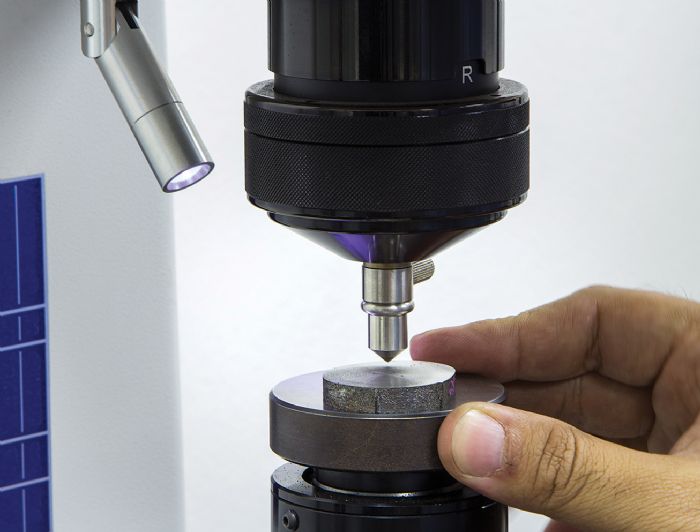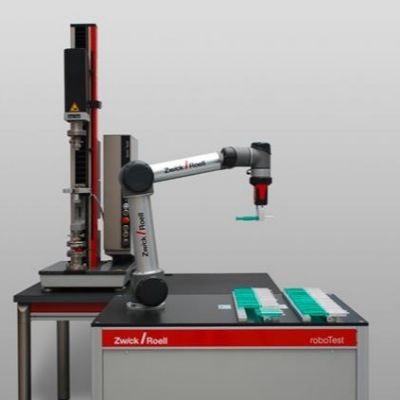Brinell, Rockwell and Vickers Hardness Testing: Use and Misuse
April 1, 2022Comments
Hardness testing often is used to characterize materials due to its ease, speed and relatively low cost. These merits have spurred many rules of thumb over the years, but like most such rules, the basis for these missives suggest they apply to only narrow conditions.
 Hardness measures a material’s resistance to permanent indentation. Most hardness tests involve pressing an indenter of a defined shape into the surface of the test piece using a defined load. The resulting hardness reading relates to the size or depth of the indentation.
Hardness measures a material’s resistance to permanent indentation. Most hardness tests involve pressing an indenter of a defined shape into the surface of the test piece using a defined load. The resulting hardness reading relates to the size or depth of the indentation.
Indenters average a material’s hardness over the analyzed area. Averaging can prove beneficial when testing non-uniform microstructures such as found in castings; when testing these products, technicians use higher loads and larger indenters. In contrast, differences in microstructural component hardness are key to the properties of some advanced high strength steels (AHSS), so lighter loading with smaller indenters find use when testing these grades.
The Three Primary Test Types
Dozens of different hardness tests find use today, including Brinell, Rockwell and Vickers. Each has variants based on the load used to create the indentation. Brinell tests use the largest loads, suiting it for testing thicker test pieces with relatively rough surfaces, such as castings and forgings. A Brinell indenter made from tungsten carbide has a maximum diameter of 10 mm and applies a maximum force of 3000 kgf. The Brinell reading represents the applied load over the concave indentation area created by the spherical indenter. The relatively large size of the indenter and applied load limits its use, as deep penetration over a large area does not suit testing of thin sheet metals. In addition, the Brinell procedure does not allow use of a harder indenter (diamond for example), so this test is not used on hardened steel surfaces. And, surfaces must be sufficiently smooth to allow for accurate indentation-area measurements. ASTM E10 and ISO 6506 cover the standard test method for Brinell hardness testing.









 Video
Video